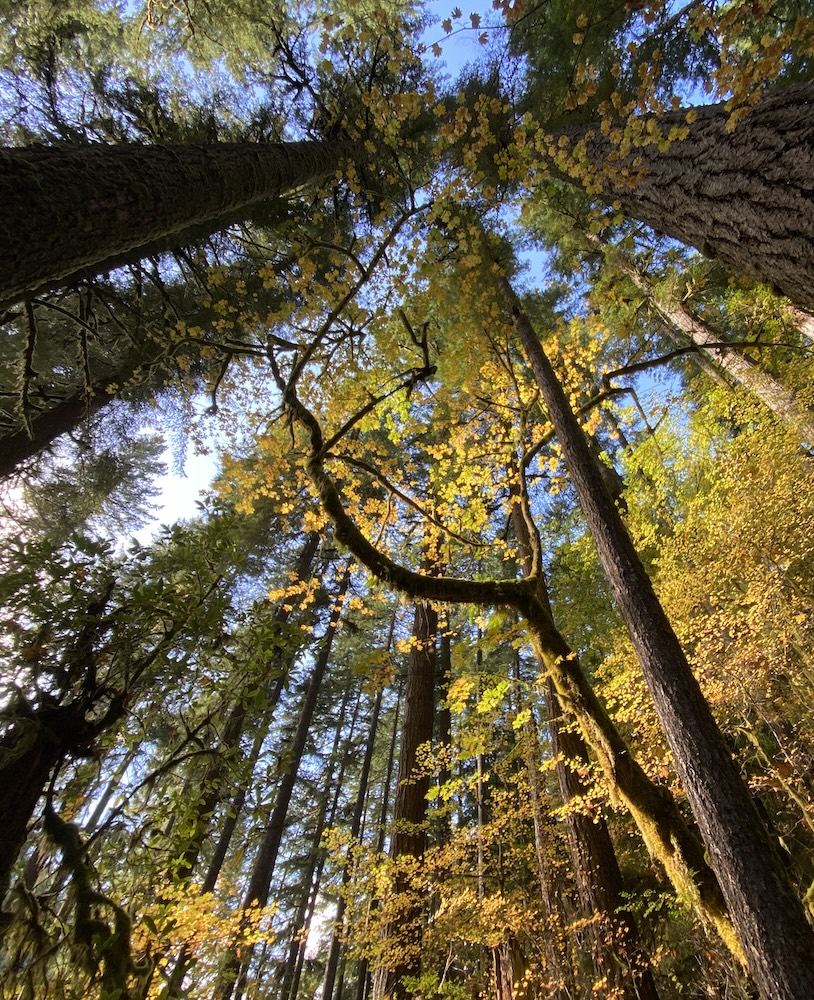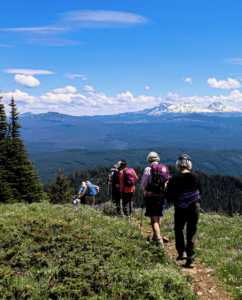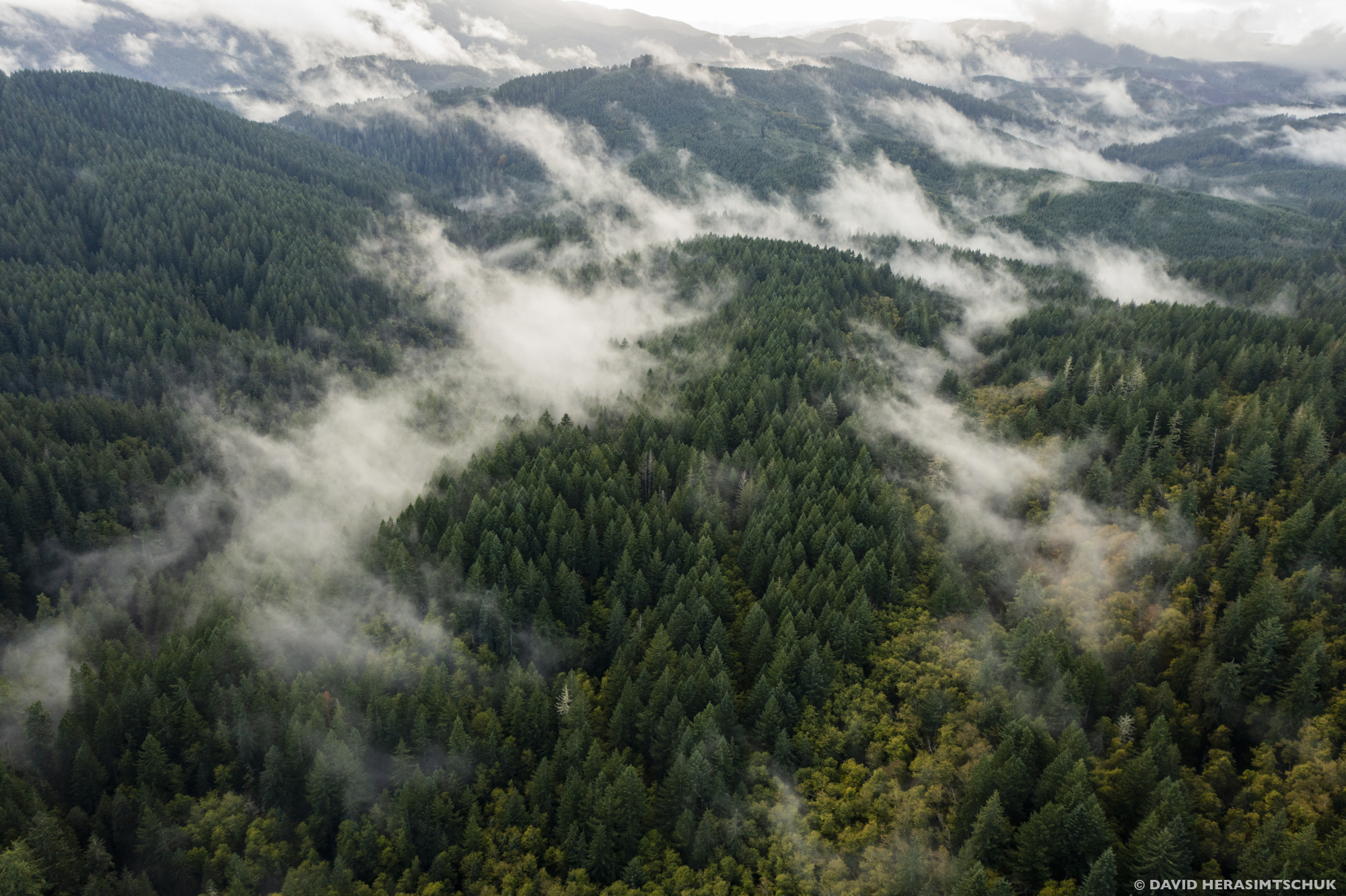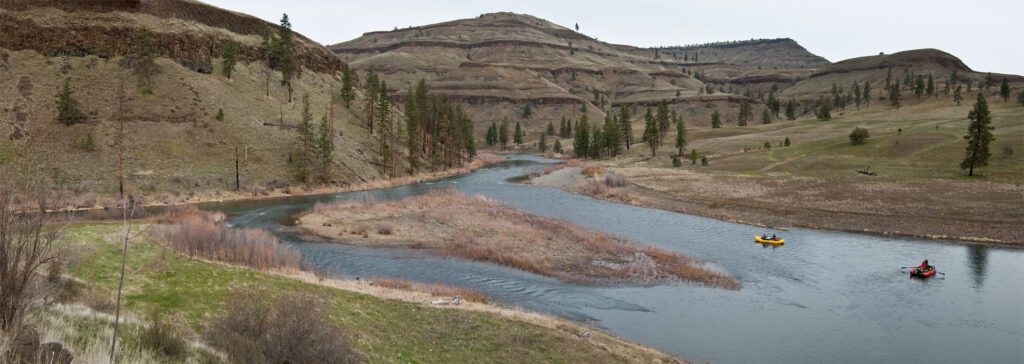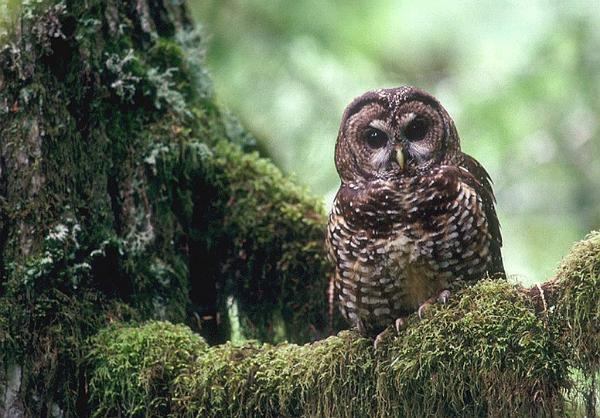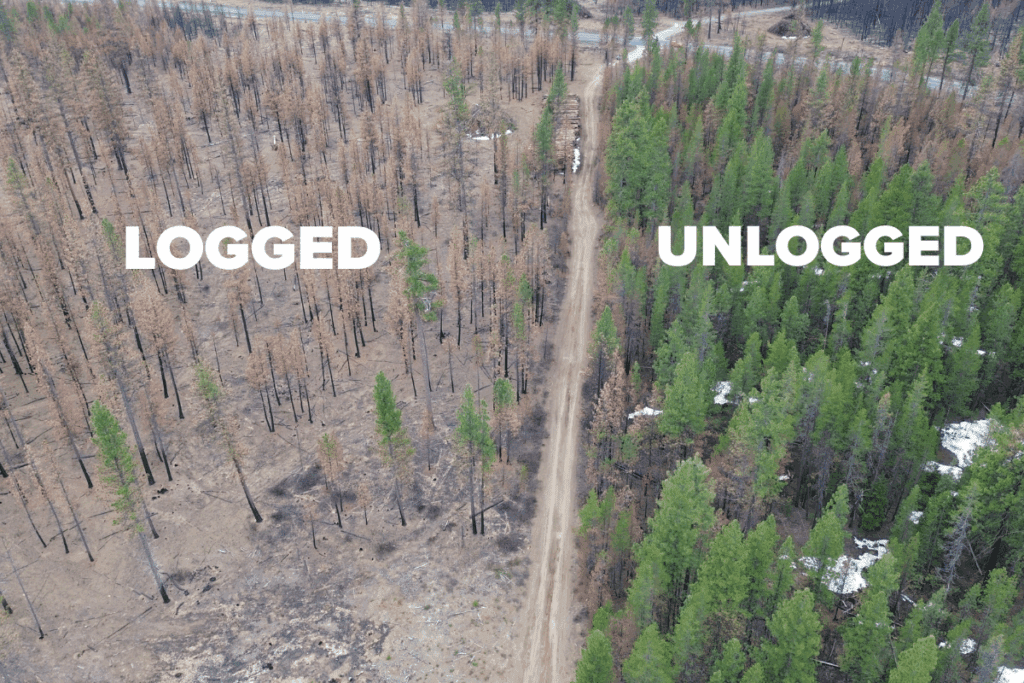The Forest Service is trying to weaken the Northwest Forest Plan—one of the most important safeguards for our region’s mature and old-growth forests. Their proposed changes could dramatically increase logging in Oregon’’s most iconic forests, putting wildlife habitat, clean water, and climate resilience at risk.
Now, the agency is holding public listening sessions, and we need to show up in force. This is our chance to ask tough questions, push for stronger protections for that mature and old-growth forests, and fight for critical habitat for the fish and wildlife that would be degraded in these proposals. We need advocates like you to show up in the following cities (additional details in the Listening Session Guide):
- Corvallis, OR – February 11th, 5:30 pm
- 3200 SW Jefferson Way, Corvallis, OR 97331
- Springfield, OR – February 12th, 5:30pm
- 3106 Pierce Parkway, Springfield, OR 97477
- Sisters, OR –
February 13th, 5:30pm(Cancelled due to winter weather. Rescheduled date TBD)- 301 S Elm St. Sisters, OR 97759
- Stevenson, WA – February 24th, 5:30pm (closest session to the Portland Metro area)
- *This meeting had previously been scheduled for the 13th
We put together a Listening Session Guide with all of the information you need to attend and advocate for our forests. Inside, you’ll find detailed information on the format of these meetings, suggested questions to ask, a carpool list, and addresses to all of the sessions. You can find more details on the Northwest Forest Plan proposals below.
The Forest Service needs to hear from those who love and depend on these forests—not just the timber industry. Show up, speak out, and help us protect the wild places we all cherish.
Sign up now to attend a session!
Background: A Conservation Landmark at Risk
Adopted in 1994, the NWFP was a groundbreaking response to unsustainable logging practices that decimated old-growth forests and triggered Endangered Species Act (ESA) listings for species like the coho salmon and northern spotted owl. The plan prioritized ecosystem recovery, emphasizing protections for mature (80+ years old) and old-growth forests.
Since its inception, the NWFP has successfully halted large-scale old-growth clearcutting, promoted wildlife recovery, and turned public forests into vital carbon sinks, offsetting climate change. For 30 years, forests, recreation areas, and rivers and streams that provide millions of Northwest residents with clean drinking water supplies have been protected from commercial logging under the plan, including beloved areas in the Willamette, Mount Hood, Olympic, and Mount Baker-Snoqualmie National Forests.
Now, under the DEIS, the Forest Service has introduced four alternatives, including a Proposed Action (Alternative B), which would:
- Redefine “mature” and “old-growth” forests by raising the age class of what qualifies for protection, weakening protections for trees up to 120 years old, and providing broad exceptions for logging in centuries-old forests.
- Increase aggressive logging on non-reserve lands
- Allow logging in Late-Successional Reserves (LSRs)—a cornerstone of the NWFP—for purposes beyond old-growth restoration.
- Expand logging in dry forests, targeting over 964,000 acres in just 15 years. This proposed aggressive logging in older, fire-resistant forests are likely to increase the frequency and severity of wildfires in the coming decades.
Concerning Increase in Logging
The DEIS projects that timber harvests under Alternatives B and D could exceed one billion board feet annually, more than doubling 2023 logging levels and tripling the most recent 10-year average. These vastly expanded logging levels would occur on fewer acres than initially covered by the 1994 NWFP, magnifying ecological damage and habitat loss.
Encouraging Steps on Tribal Inclusion
Conservation groups applaud positive proposals in the DEIS, particularly efforts to better engage with Native American Tribes through consultation, co-stewardship agreements, and the integration of Traditional Ecological Knowledge and prescribed fire into Forest Service management practices. Provisions to restore culturally significant species such as camas, huckleberries, and beargrass are a step in the right direction.
A Call for Public Scrutiny
The Forest Service’s timeline ensures the final decision will be made after the next Presidential administration takes office, raising concerns that the Forest Service proposal, which already contains significant weakening of environmental protections under the NWFP, could be eroded even further.
Photo Credits: David Herasimtschuk. The Siuslaw National Forest.
